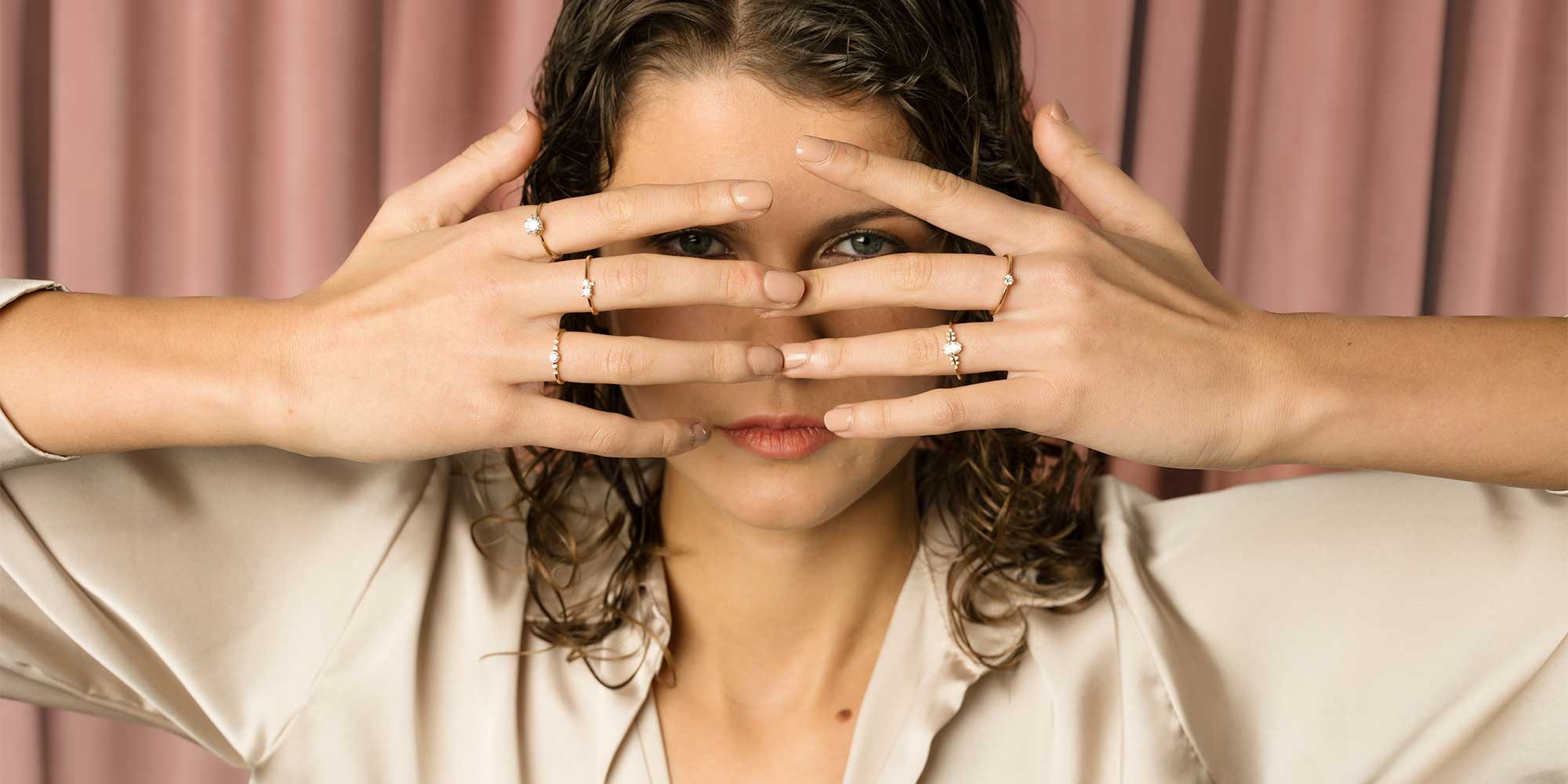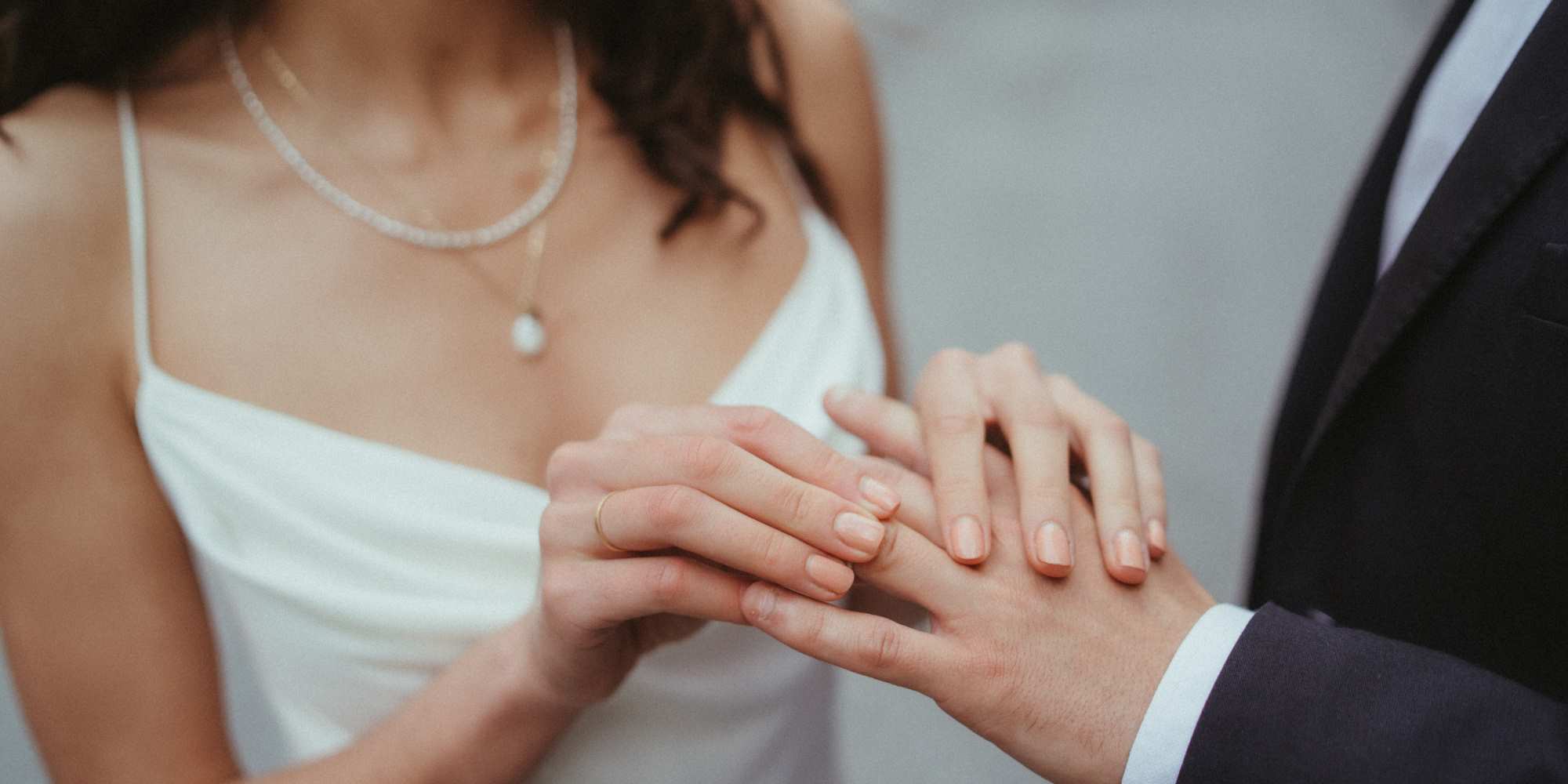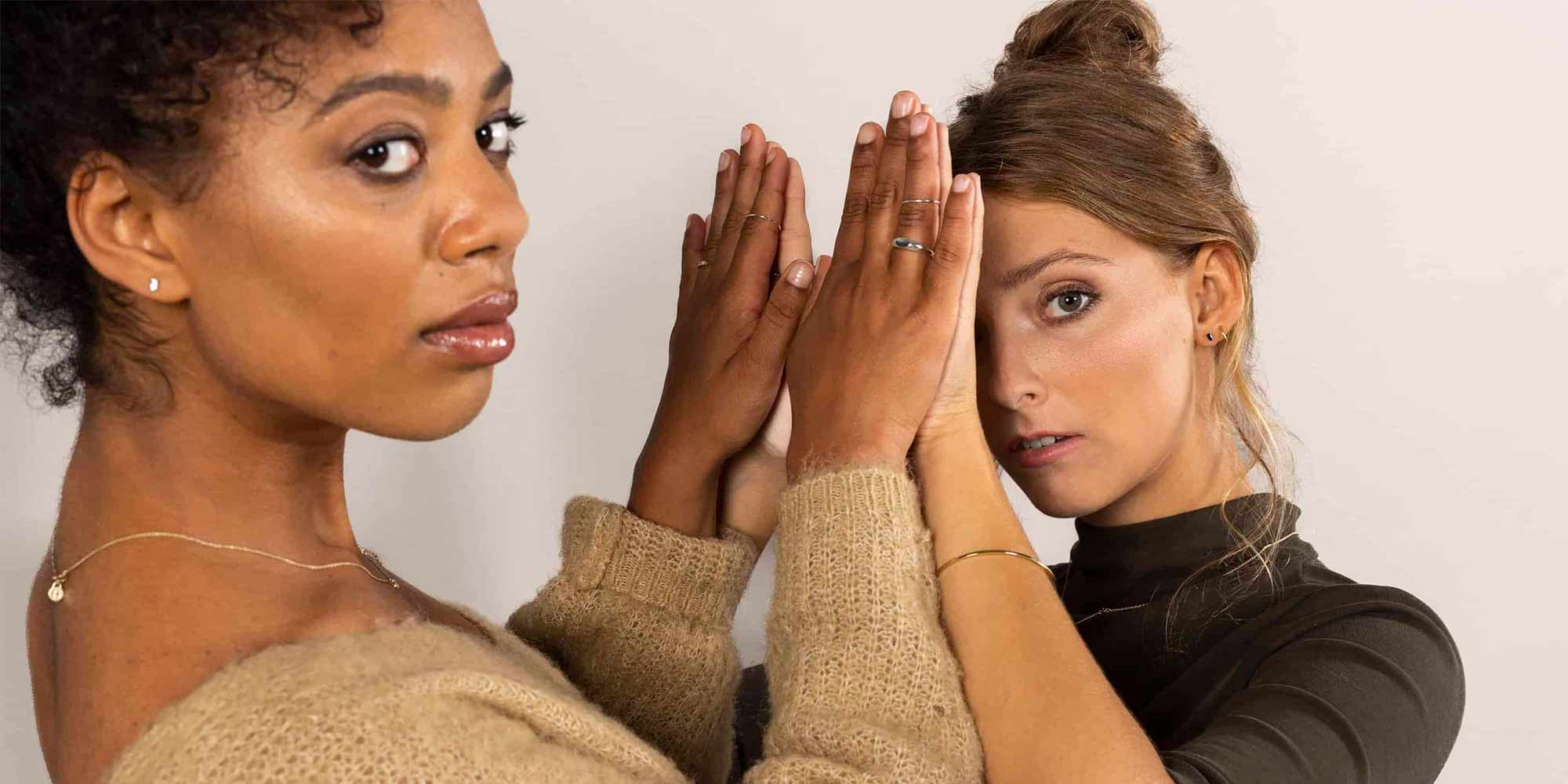
The 4C's: Recognizing diamond quality
Admittedly, they are all beautiful at first glance. Diamonds sparkle and captivate every jewelry lover with their beauty. But did you know that diamonds have clear quality characteristics? Not every diamond is of the same quality. The cut, clarity, color and carat are what determine the quality of a diamond. We reveal what lies behind these 4Cs for diamonds . Let's go!
The 4Cs of diamonds – the most important quality criteria
When it comes to the quality of a diamond, a few aspects are crucial. They tell you how high-quality your diamond is. And ultimately, the quality of the diamond also affects the price of your new favorite piece. So if you are looking for real diamond jewelry, always pay attention to the so-called 4Cs of diamonds . But what is cut, clarity, color and carat actually all about? And how can you recognize the characteristics? After reading this article, you will definitely have no more questions!
Cut – the diamond cut ensures shine
Do you want it to sparkle? Then the cut (the first is the 4C for diamonds) is crucial. Because only if the diamond cut is done precisely and accurately can the light falling on the stone be optimally reflected. The right cut literally makes the diamonds sparkle.
Cutting a diamond to perfection is not that easy. In fact, the technical possibility for an almost perfect cut has only existed since the 20th century. Today, the most popular cut is the brilliant cut. Here, the valuable stones are cut in the typical round shape.
But not all cuts are the same. There are not only different types of diamond cuts. The cut grade is also crucial. This says something about how well the work was done. It varies between the gradations "Excellent" or "Very Good" to "Good" to "Medium". The worst cut grade is called "Poor".
Clarity – the diamond purity grade
A professional is consulted to determine the diamond's clarity. This cannot be determined with the naked eye. A magnifying glass is required. You have probably heard the term "flawless" before, now you know where this term comes from. 4C diamond experts can only determine the clarity under a magnifying glass. To do this, they look at the diamond under magnification and look for impurities on the diamond. These impurities can be both external and internal.
External impurities in diamonds usually occur during cutting, when the surface is damaged during the process. Internal impurities, as the name suggests, are inside the diamond. If dark spots, cuts or internal breaks occur, this reduces the clarity of the diamond and thus also one of the 4Cs of your diamond .
In the best case, the diamond passes this test with the seal "flawless" and therefore has no impurities. Incidentally: laboratory-grown diamonds , such as those we use at fejn, very often pass this test as "flawless" - after all, they are largely spared from environmental influences.
Colour – diamond colour determines the quality
Diamonds are usually white, meaning colorless. The more colorless the diamond, the higher the quality. If your goal is to buy a particularly rare and valuable diamond, then ideally it should be absolutely colorless. But this is not necessarily important for jewelry, as slightly tinted or even colored diamonds can also look good. The diamond color scale ranges from "absolutely colorless" to "clear tint."
The exact color of the diamond depends on the crystal structure and also possible impurities. There are a few chemical elements that are responsible for the third of the 4Cs for diamonds : boron and nitrogen can cause a yellowish color.
At fejn, we only use colorless diamonds and thus deliver not only a beautiful but also a particularly high-quality diamond color.
Carat – the diamond weight is what matters
Most people know that the higher the carat value, the more valuable the diamond. And that is true, of course, when the other quality criteria are taken into account. After all, the carat value expresses the weight of the diamond. A heavy diamond is - simply put - usually more expensive. This C of the 4Cs for diamonds is therefore also very important.
By the way: One carat is about 0.2 grams. However, most diamonds weigh less and are therefore priced significantly lower than one-carat diamonds. The smallest diamonds weigh 0.01 ct. and are very popular with jewelers. We at fejn also have a large selection of jewelry with 0.01 ct. Pieces such as the single diamond ring are particularly popular with our customers. Overall, we cover a range from 0.01 to 0.8 carats.

Certificate – is a fifth C necessary?
How can the 4C quality of diamonds be proven? As a rule, diamonds are only tested and provided with a certificate when they reach a certain size (> 0.5 carat). We automatically provide this for diamonds of 0.5 carats or more, as is the case here with our beautiful the eternal engagement ring .
This is how the 4C criteria for diamonds are tested and certified. Such a certificate can provide security for buyers, especially when buying particularly valuable diamonds. Popular providers are the Gemmological Institute of America (GIA), Hoge Raad vor Diamant (HRD) or the International Gemmological Institute (IGI).
Some jewelry professionals therefore speak of the fifth C in connection with the certificates, which is crucial for determining the value by testing the diamond's properties.



